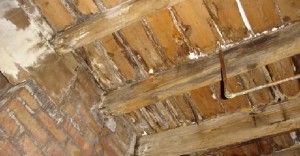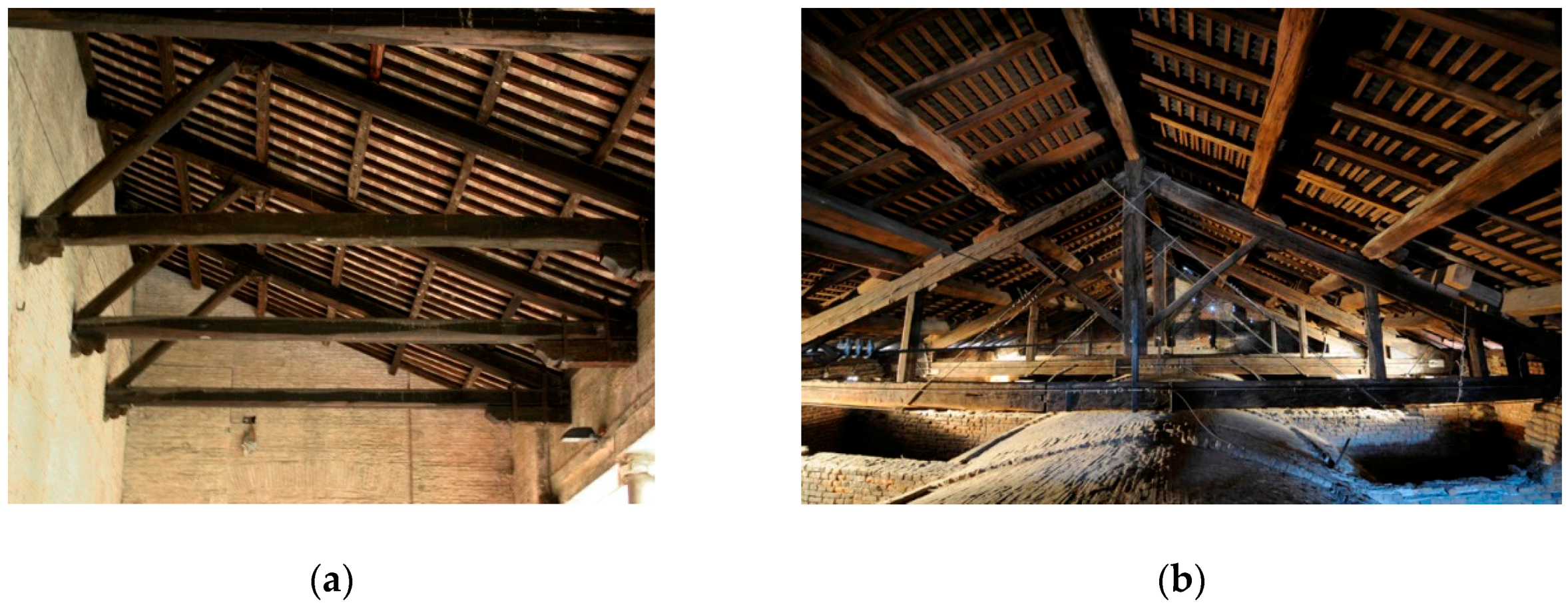Fungus On Roof Timbers

The fungus which thrives in moist unventilated conditions will penetrate brickwork to get to more timber and can cause widespread destruction of structural timbers skirting boards and door frames and wood flooring.
Fungus on roof timbers. A fungus is described according to the colour of the damaged timber white primarily found in hardwood or brown favouring softwood. White mold commonly looks like bright fluff like spots that spread on numbers of surfaces from plants to wood and even bread. In the vast majority of cases the mold growth is caused by condensation. Excessive ceiling insulation pushed down into the roof edges can also cause condensation and mold growth because it frequently blocks off the eaves or soffit ventilation.
This fungus is particularly damaging to the roof itself when not taken care of as soon as it s noticed. Generally water leaks and poor ventilation leading to condensation are the main roof defects which give rise to a variety of fungi moulds and insect attacks. When seeing under the microscope the body of the mold will look like filaments. This occurs when the temperature of the sheathing drops below the dew point creating a thin layer of moisture on the substrate.
They can appear as numerous white spots or blots or even small fibers when the growth is uncontrollable. Alternatively it may be classified as either dry rot a brown rot caused by one fungus serpula lacrymans or wet rot white or brown rots caused by various fungi commonly coniophora puteana. The first one we will talk about is algae. Mold growth on attic roof sheathing is a common issue in cool climates such as the pacific northwest.
Re roofing with lining lining papers sarking roofing felt can cause severe mold growth and rot due to reduced ventilation.














































